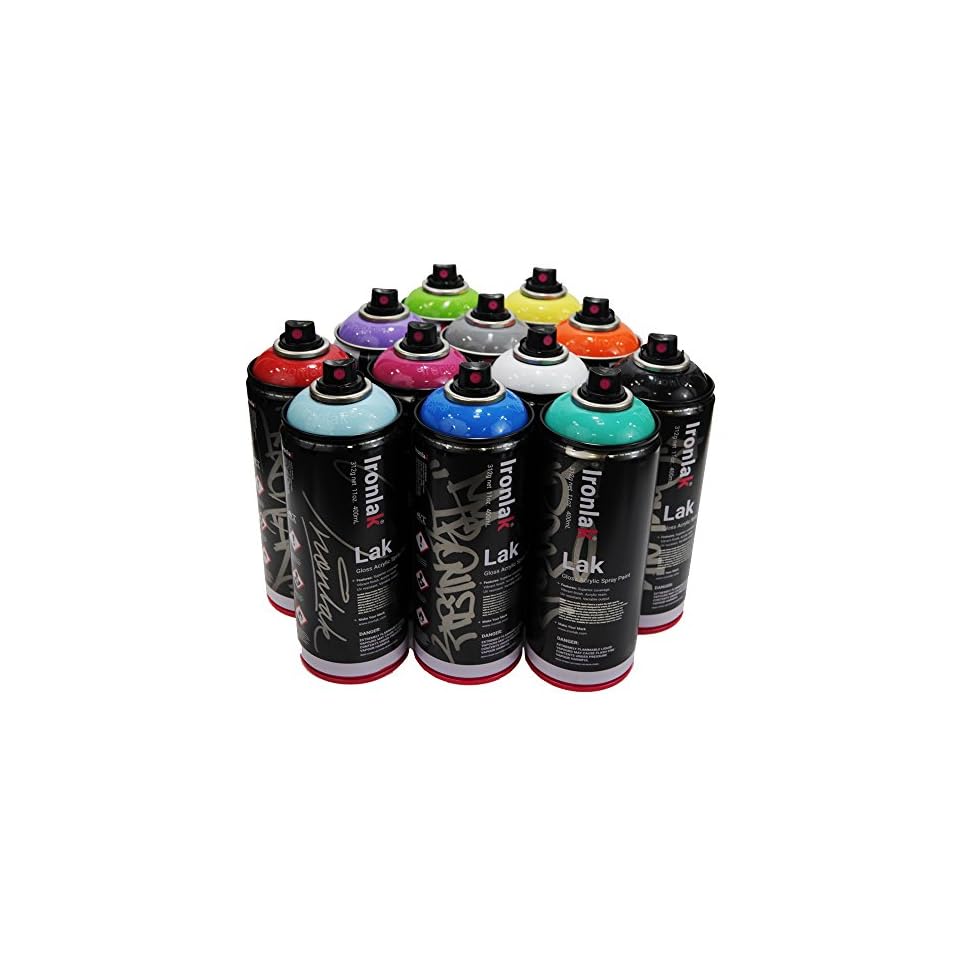Creating a backyard treehouse is more than a rewarding DIY project; it’s a chance to craft a personal retreat, play haven for children, or a cozy escape from daily life. This detailed guide will walk you through every step of building your treehouse, from planning and design to construction and maintenance, ensuring you have all the information needed to bring your vision to life.
1. Planning and Design
Define Your Vision
Purpose:
- Determine the primary use of your treehouse. Will it be a kid’s playhouse, a personal reading nook, or a stylish outdoor office? Your vision will guide the design and features.
Size and Shape:
- Size: Small treehouses are generally 4×4 feet or 6×6 feet, while larger ones can be up to 10×10 feet or more. Consider how much space you have in your yard and how large you want the treehouse to be.
- Shape: Common shapes include square, rectangular, or hexagonal. More complex designs like multi-level structures require additional planning.
Features:
- Decide on features like windows, doors, and a deck. Consider if you want a ladder, rope swing, or stairs for access.
Design Software:
- Use design software or sketch your ideas on paper to visualize the treehouse. Online tools like SketchUp or Planner 5D can help in creating 3D models.
Choose the Right Tree
Tree Selection:
- Types: Ideal trees include hardwoods such as oak, maple, or beech. Avoid softwoods like pine, which can be less stable.
- Health: Ensure the tree is healthy with no signs of disease or rot. Check that the branches are thick and strong enough to support the structure.
- Location: Choose a central location with enough space around the tree for construction and future maintenance.
Assess Stability:
- Tree Size: The tree should have a trunk diameter of at least 12 inches.
- Branch Structure: Look for strong, horizontal branches that can support the platform and walls.
Legal and Safety Considerations:
- Permits: Check local building codes and zoning laws. Some areas may require a permit for treehouse construction.
- Insurance: Consult with your home insurance provider to ensure coverage for potential accidents or damage.
2. Materials and Tools
Materials
Wood:
- Pressure-Treated Lumber: For the main structure, use pressure-treated 2x4s or 2x6s. Examples include Southern Yellow Pine or Douglas Fir.
- Decking Boards: Use 5/4×6 decking boards for the floor. Cedar or redwood is also a good choice for durability and aesthetics.
- Siding: Plywood (exterior-grade) or wooden planks for the walls. Cedar and pine are popular choices.
Fasteners:
- Nails and Screws: Use galvanized or stainless steel nails and screws to resist rust.
- Bolts and Brackets: Heavy-duty bolts, nuts, and metal brackets for attaching the platform to the tree.
Roofing:
- Materials: Asphalt shingles, metal roofing, or roofing felt. Shingles are popular for their durability and ease of installation.
- Insulation: For a more finished look and to protect against weather, consider adding insulation and an interior finish.
Finishes:
- Paint/Stain: Exterior-grade paint or stain to protect the wood from the elements.
- Sealant: Wood sealant or waterproofer for additional protection.
Tools
Basic Tools:
- Saw: Circular saw or miter saw for cutting wood.
- Drill: Cordless drill for making holes and driving screws.
- Hammer: For nailing.
- Tape Measure: For accurate measurements.
- Level: To ensure everything is even and straight.
- Square: To check right angles.
Safety Gear:
- Gloves: To protect your hands.
- Goggles: To shield your eyes from debris.
- Hard Hat: To protect your head while working at height.
Specialized Tools:
- Impact Driver: For driving screws more efficiently.
- Reciprocating Saw: For cutting through branches or tree limbs.
- Ladder or Scaffolding: For reaching higher areas safely.
3. Building the Treehouse
Step 1: Site Preparation
Clear the Area:
- Remove Obstacles: Clear the ground around the tree of any debris or obstacles.
- Level Ground: Ensure the ground is level and stable to support ladders or scaffolding.
Assess the Tree:
- Check Stability: Ensure the tree is healthy and stable. Trim any obstructing branches or leaves.
Step 2: Construct the Platform
Build the Frame:
- Materials: Use pressure-treated 2×6 or 2×8 lumber.
- Design: Create a rectangular or square frame. For example, a 6×6 foot platform will require four 6-foot 2×6 boards for the perimeter and additional support beams underneath.
Secure the Frame:
- Attach to Tree: Use heavy-duty brackets or lag bolts to secure the frame to the tree. Ensure it is level and firmly attached.
- Additional Support: Install additional support beams if necessary to ensure the frame is stable.
Install the Floor:
- Decking Boards: Lay 5/4×6 decking boards perpendicular to the support beams. Secure them with screws or nails.
- Spacing: Leave a small gap between boards to allow for drainage.
Step 3: Build the Walls and Roof
Construct the Walls:
- Frame Walls: Use 2×4 lumber to build wall frames. Construct vertical studs spaced 16 inches apart.
- Attach Walls: Secure the wall frames to the platform using screws and brackets.
- Install Siding: Attach plywood or wooden planks to the wall frames. Use exterior-grade wood for durability.
Build the Roof:
- Frame Roof: Create a pitched roof frame using 2x4s or 2x6s. The pitch angle depends on your design—common angles range from 20 to 30 degrees.
- Install Roofing: Cover the frame with roofing felt, followed by asphalt shingles or metal roofing. Ensure proper overlap to prevent leaks.
Step 4: Add Access and Finishing Touches
Construct Access:
- Ladder: Build a ladder from 2×4 lumber. Secure it to the treehouse and ensure it’s stable.
- Stairs: If building stairs, use stair stringers and treads. Ensure they are securely attached and stable.
Add Windows and Doors:
- Install Frames: Create frames for windows and doors using 2×4 lumber.
- Add Panels: Use plexiglass or wooden panels for windows. Install pre-made doors or build custom doors.
Interior and Exterior Finishes:
- Paint/Stain: Apply exterior-grade paint or stain to the wood. Choose colors that complement your backyard and provide protection.
- Sealant: Apply wood sealant to prevent moisture damage.
- Furnishings: Add furniture or decorations as desired. Consider adding cushions, a small table, or shelves.
4. Safety and Maintenance
Safety Tips
Regular Inspections:
- Check Stability: Inspect the treehouse regularly for any signs of instability or damage.
- Tighten Fasteners: Ensure all screws, nails, and bolts are secure.
Railings and Barriers:
- Install Railings: Add railings around the platform, especially if the treehouse is elevated. Ensure they are sturdy and tall enough to prevent falls.
- Safety Gates: Consider adding gates or barriers if children will be using the treehouse.
Tree Maintenance:
- Trim Branches: Regularly trim any branches that could interfere with the treehouse or cause damage.
- Check Tree Health: Monitor the tree for signs of disease or damage.
Maintenance Tips
Clean Regularly:
- Remove Debris: Keep the treehouse free from leaves, branches, and other debris.
- Inspect for Damage: Look for signs of wear or damage to the wood and roof.
Protect the Wood:
- Reapply Finish: Reapply paint, stain, or sealant as needed to protect the wood from weathering.
- Repair Damage: Fix any cracks or damage to prevent further deterioration.
Weatherproofing:
- Check Roof: Ensure the roof is watertight and repair any leaks promptly.
- Inspect Foundation: Check the platform and supports for any signs of rot or weakness.
5. Enhancing Your Treehouse Experience
Personalization:
- Decorate: Add personal touches like artwork, rugs, or curtains to make the space cozy and inviting.
- Lighting: Install battery-operated or solar-powered lights to make the treehouse usable in the evening.
Additional Features:
- Balcony or Deck: Consider adding a small balcony or deck area for extra space and a better view.
- Hanging Features: Install a rope swing or hammock for added fun and relaxation.
Usage Ideas:
- Reading Nook: Furnish with comfortable seating and a small bookshelf for a quiet reading retreat.
- Playhouse: Equip with toys, games, and a small table for children to enjoy.
Conclusion
Building a treehouse is a rewarding project that can transform your backyard into a magical retreat. With careful planning, the right materials, and a bit of creativity, you can create a unique and functional space that enhances your outdoor living experience. Follow this comprehensive guide to ensure a successful build and enjoy the many benefits of
your new treehouse for years to come.
By investing time and effort into designing and constructing your treehouse, you’re not just building a structure—you’re creating a lasting memory and a cherished space that will be enjoyed by family and friends.





